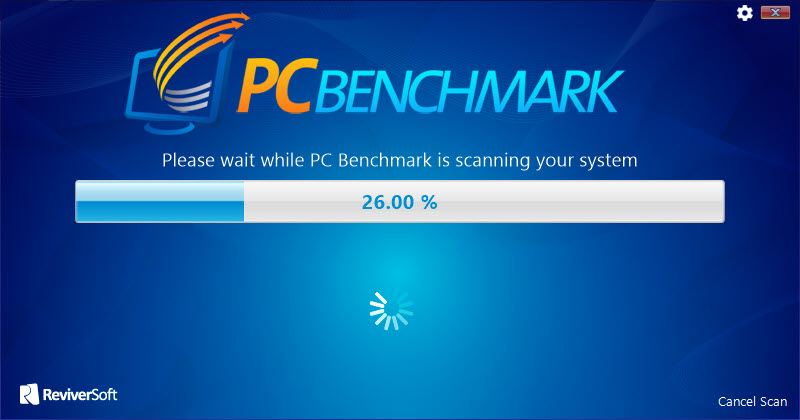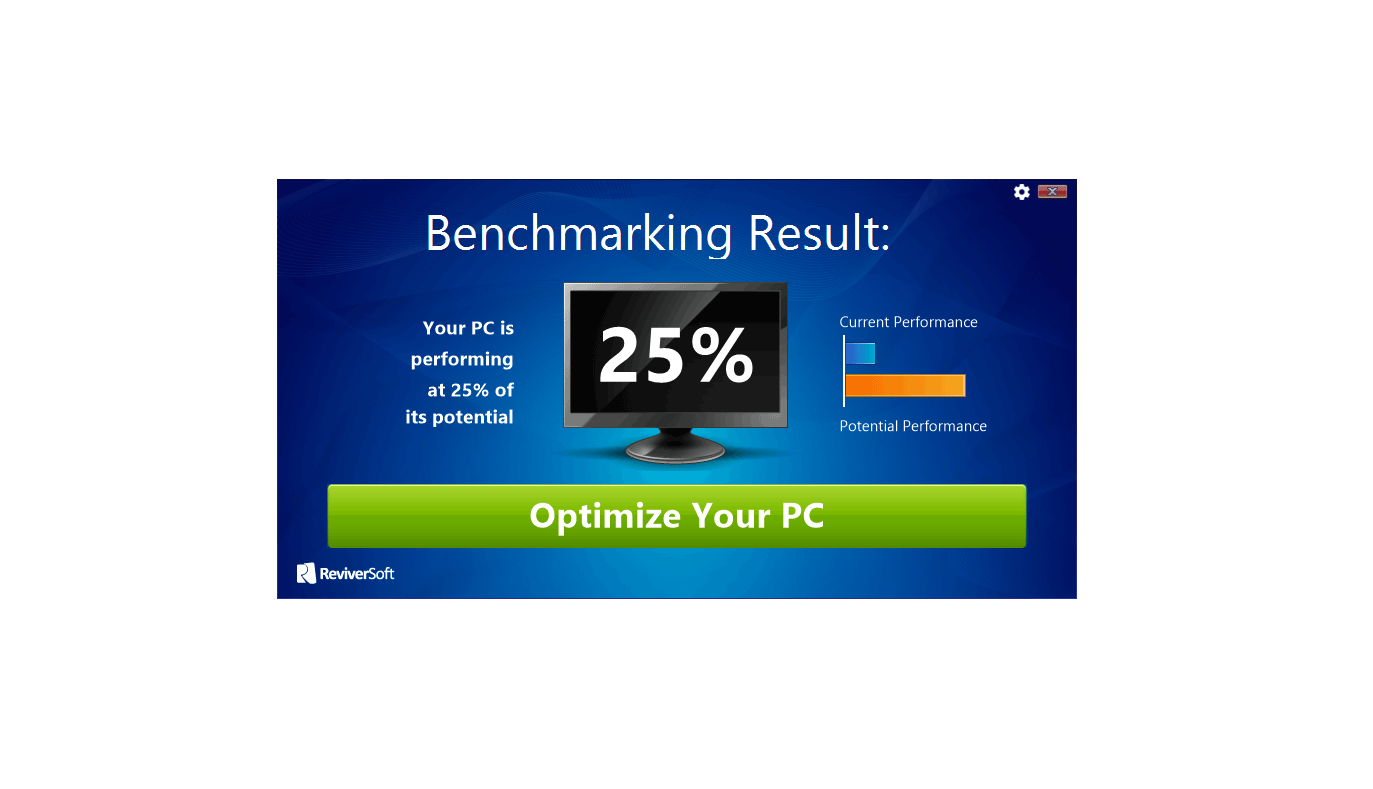

- Benchmark my pc to others computers how to#
- Benchmark my pc to others computers update#
- Benchmark my pc to others computers full#
- Benchmark my pc to others computers windows 10#
- Benchmark my pc to others computers windows 8#
Benchmark my pc to others computers windows 10#
This tells Windows 10 not to download any large updates while on that Wi-Fi connection-at least for a little while. Set your home Wi-Fi or wired Ethernet connection as metered from Settings > Network & Internet > Wi-Fi, or Settings > Network & Internet > Ethernet. Left unchecked, these processes may drag down your connection performance, as well as the machine’s.

Benchmark my pc to others computers update#
There is something you can do to stymie Windows Update and other background download features in Windows.
Benchmark my pc to others computers how to#
RELATED: How to Disable OneDrive and Remove It From File Explorer on Windows 10 Stop Background Updates It’s wise to copy your OneDrive files to another section of your PC before you do this.

You can also open the Start menu, and under the “O” section, right-click “OneDrive” and select “Uninstall.” This will remove OneDrive from your PC, but all your files will still be on. The easiest thing to do is turn off OneDrive under the Startup tab in Task Manager-if it’s there. If you’re not using OneDrive, this is an easy way to cut down on superfluous system resource usage. RELATED: Should You Use the Balanced, Power Saver, or High Performance Power Plan on Windows? Shut Down OneDrive You can ratchet things up by opening the Control Panel (click “Start” and type “Control Panel”), and select “Power Options.” On the next panel, click “Show Additional Plans” and then select the “High Performance” option. The balanced plan keeps your CPU speed lower when it’s not in use, and puts key components in their respective power-saving modes during times of low demand. RELATED: Use Windows 10's New "Free Up Space" Tool to Clean Up Your Hard Drive Tweak the Power Planīy default, Windows 10 uses a “balanced” power usage plan that can sometimes hamper performance. In this section, you can also activate a feature called Storage Sense, which automatically deletes temporary files and other junk when it’s not needed. It looks redundant, but different programs depend on different versions. First, even if you see a ton of them in the “Apps & features” section, do not uninstall any of the Microsoft Visual C++ redistributables. Using this feature can help you figure out what to delete (or unload), but there are a few things you don’t want to touch. When the bar turns red, you have a problem and need to start unloading files to other drives (or delete them).
Benchmark my pc to others computers full#
Typically, the storage usage should have a blue bar indicating how close to full it is. This section shows a summary of your usage of the system’s primary storage, including how much space apps and features are using, as well as your large files and folders, temporary files, and so on. To find it, open the Settings app again and select System > Storage. Windows 10 provides more built-in information for viewing and managing your PC’s storage. RELATED: How to Open the Control Panel on Windows 10 Check Your Storage Space Right-click on any superfluous Windows 10 Store apps in the Start menu and select “Uninstall.” This works for regular desktop apps as well, but we still recommend the old school Control Panel method for removing those. A better approach is to just unload the apps that you never or rarely use, including bloatware applications that came preinstalled on your PC. You don’t want to turn these off manually unless you’re familiar with what they’re doing. Some programs have little helper utilities that run in the background even when an app isn’t running. RELATED: How to Stop Windows 10 From Reopening Your Previous Applications After Restarting Your PC Remove Bloatware and Superfluous Apps Then under Privacy turn off the slider labeled “Use My Sign-In Info To Automatically Finish Setting Up My Device And Reopen My Apps After An Update Or Restart.” Inside the Settings app, select Accounts > Sign-In Options. Open the Settings app (click “Start” and then select the settings cog) in the lower left of the Start Menu. It’s a nice feature, but it can also impact performance, and turning it off is easy. When your computer restarts automatically because of a system or program update, by default Windows 10 tries to reopen everything that was open on the desktop before the shutdown.
Benchmark my pc to others computers windows 8#
RELATED: How to Manage Startup Applications in Windows 8 or 10 Adjust Your Restart Settings Once you’ve decided what will be turned off, select them one at a time with your mouse and click Disable in the lower right corner.


 0 kommentar(er)
0 kommentar(er)
